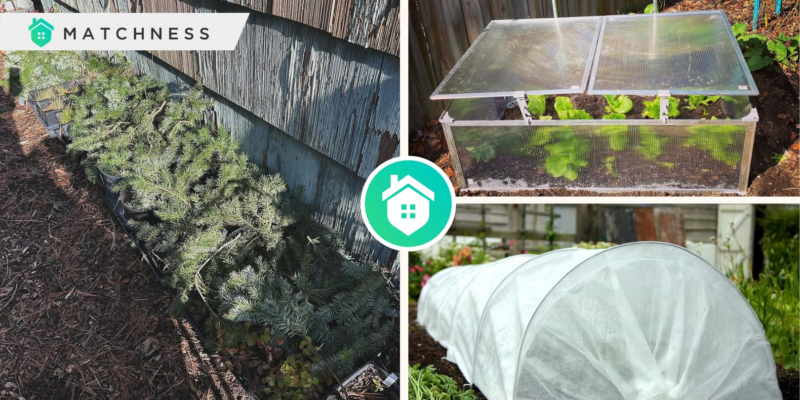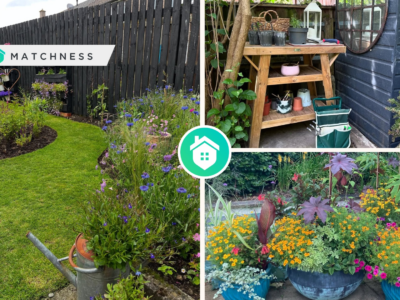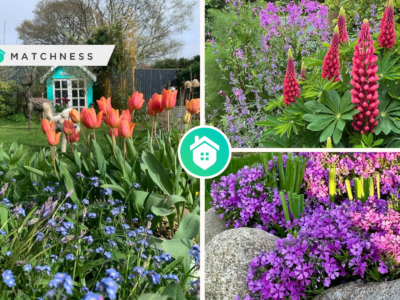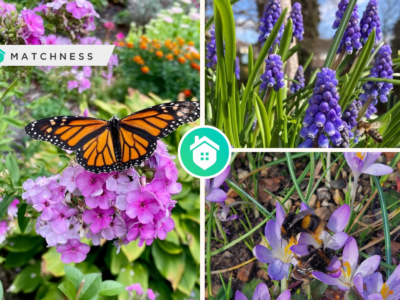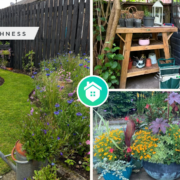Gardening may often be associated with the vibrant blooms of spring and the lush greenery of summer, but winter can also be an exciting and fruitful time for gardeners. Although colder temperatures and frost present challenges, they also offer unique opportunities to nurture a thriving winter garden. With thoughtful planning and the right techniques, you can keep your green thumb active throughout the colder months. This guide will explore key strategies and practical tips for gardening in winter, ensuring your garden remains vibrant and healthy despite the chill.
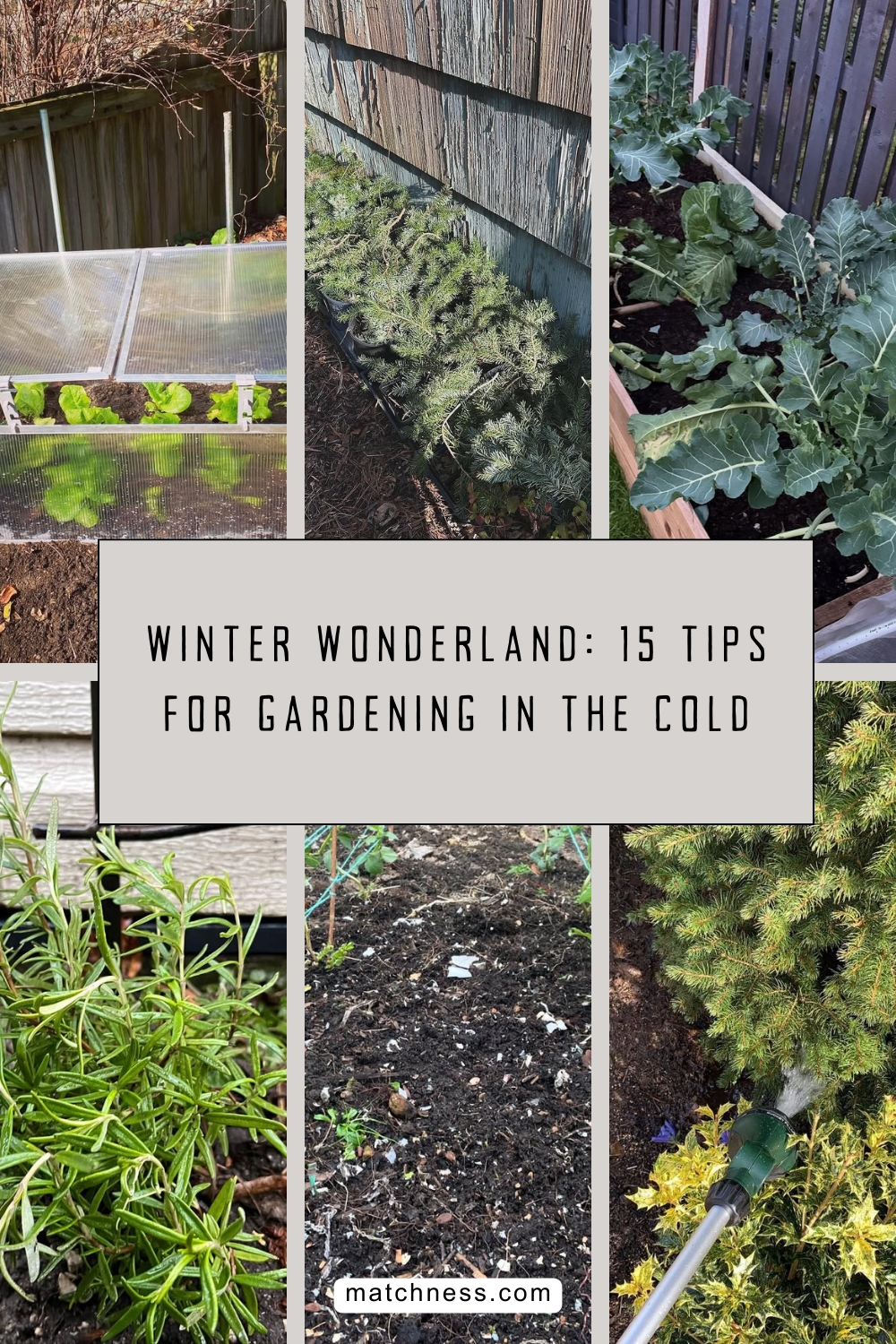
Preparing Your Garden for Winter
Before winter sets in, it is essential to prepare your garden to withstand the colder conditions. Here are some critical steps to take:
Clear Debris and Prune
Remove fallen leaves, dead plants, and other debris to prevent pests and diseases from overwintering in your garden. Prune back dead or damaged branches from shrubs and trees to maintain their health and structure.
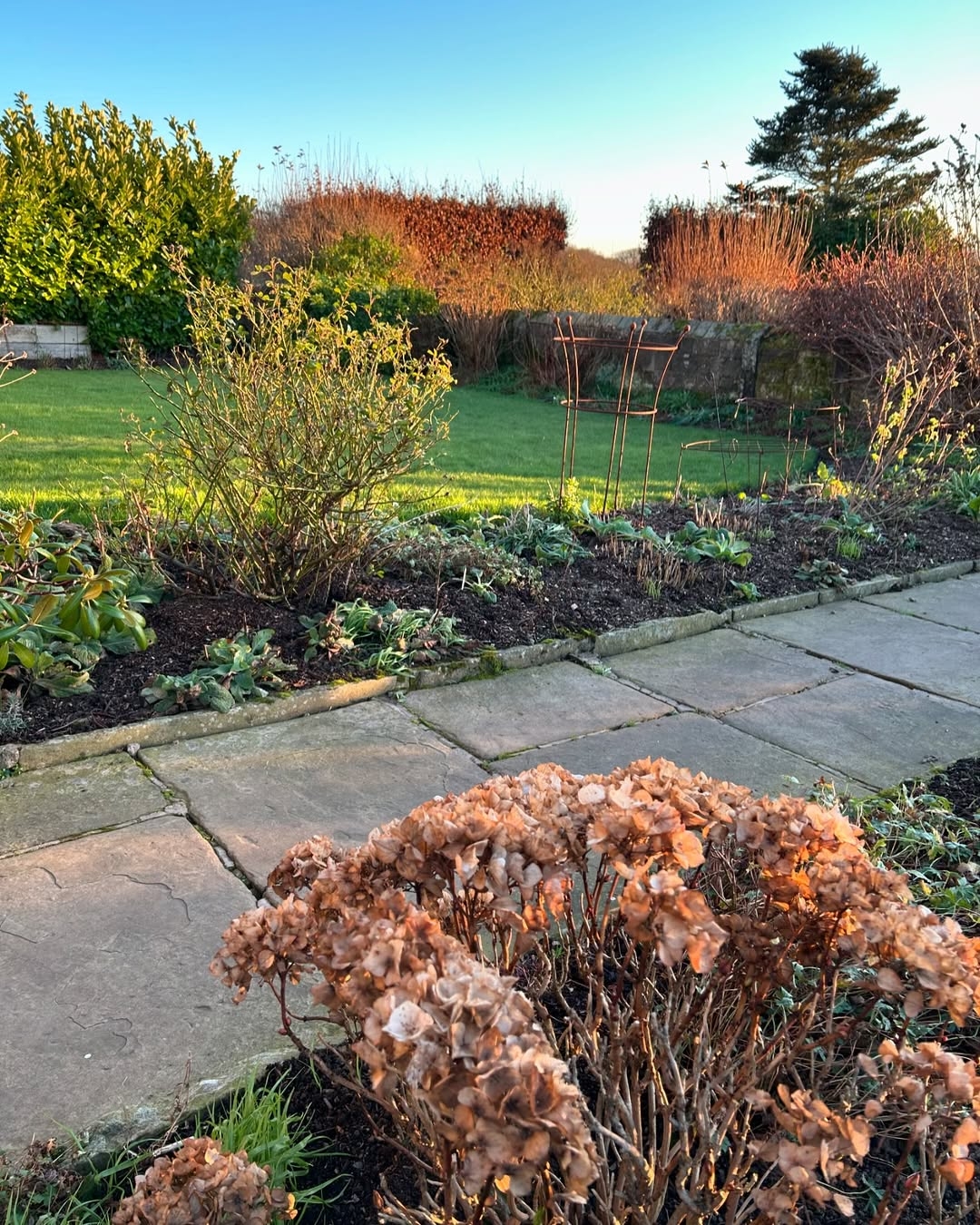
Begin winter gardening by cleaning and pruning plants to remove dead or diseased branches, promoting healthy growth and preventing disease spread during colder months. Clean the garden from @the_little_end_cottage
Mulch for Protection
Apply a layer of mulch around the base of plants to insulate their roots. Mulch helps retain moisture in the soil and regulates its temperature, protecting plants from extreme cold snaps.
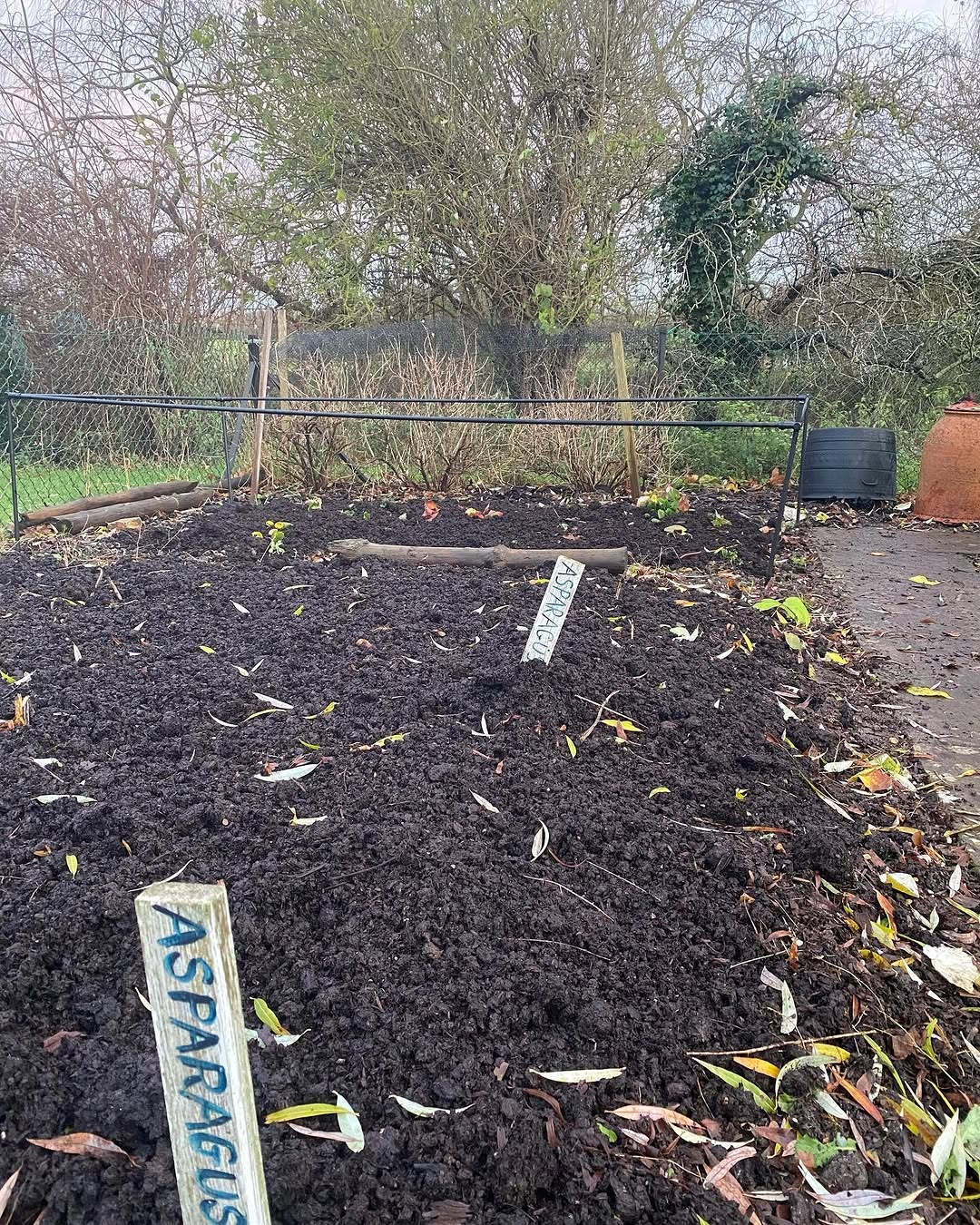
Mulching in winter gardens enhances soil health and fertility by retaining moisture, regulating temperature, suppressing weed growth, and adding organic matter as it breaks down. Mulching from @annabel_in_the_garden
Improve Soil Health
Add organic matter such as compost or well-rotted manure to your garden beds. This enhances soil fertility and structure, preparing it for planting when spring arrives.
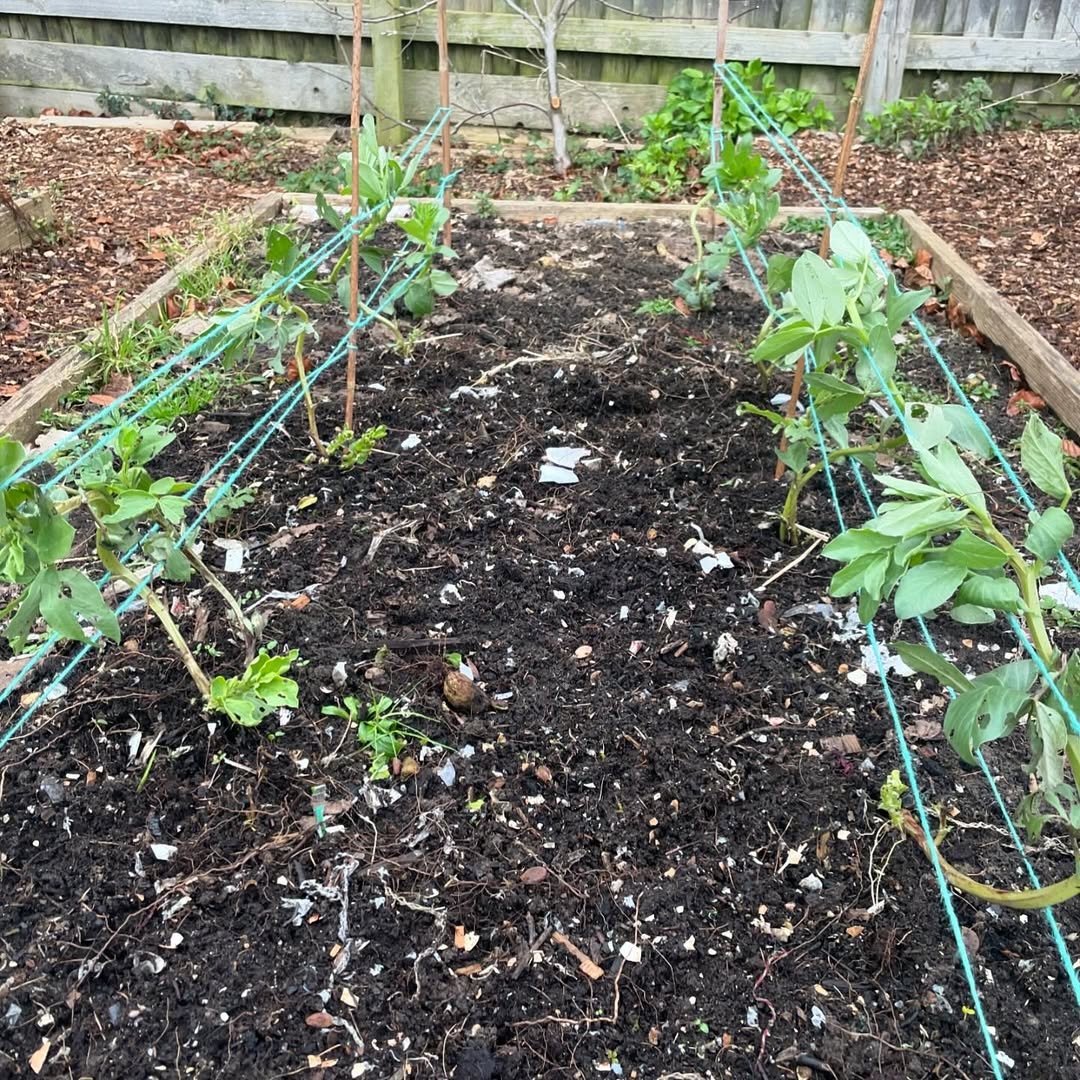
Compost enhances soil health in winter gardening by providing essential nutrients, enhancing structure, retaining moisture, and protecting plants from frost damage. Composting from @fayesgardengrowing
Inspect and Maintain Tools
Clean, sharpen, and store your gardening tools properly to ensure they are ready for use when needed.

Properly clean and store garden tools during winter to extend their lifespan and prevent rust or damage, ensuring your winter gardening equipment is ready for use. Garden tools from @gardenlikeagirl
Choosing the Right Plants for Winter
Not all plants thrive in cold weather, but many varieties are well-suited to winter gardening. Some options to consider include:
Cold-Tolerant Vegetables
You surely could have fresh vegetables by planting vegetables during the winter season. Winter vegetables like kale, spinach, Brussels sprouts, and carrots can withstand low temperatures and even taste better after a frost. These cold-hardy vegetables can thrive in the winter months, providing you with a bountiful harvest even when other crops may struggle.
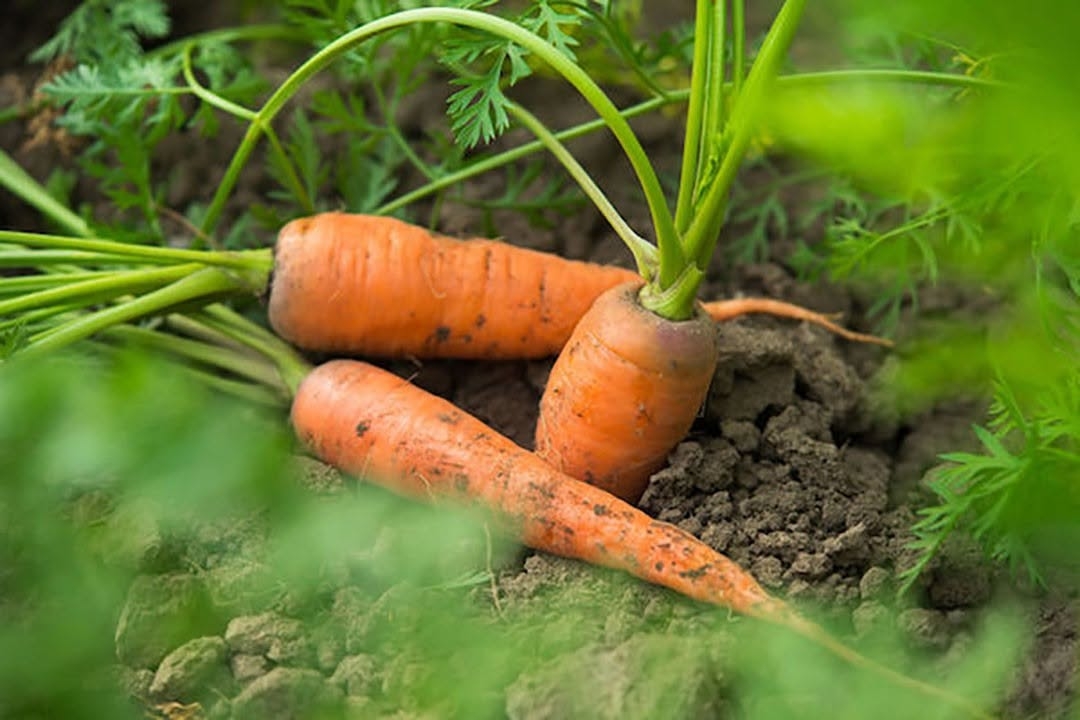
Carrots thrive in cold climates, making them an ideal choice for winter gardens. They provide fresh and nutritious vegetables. Carrots from @seasol_international
Evergreens
You can also plant evergreens as a plant choice for your winter gardening. Incorporate evergreen shrubs and trees into your garden to provide structure and year-round greenery. Evergreen plants are low-maintenance and can add color and texture to your garden during the colder months. Consider mixing different varieties of evergreens to create a visually appealing and diverse landscape.
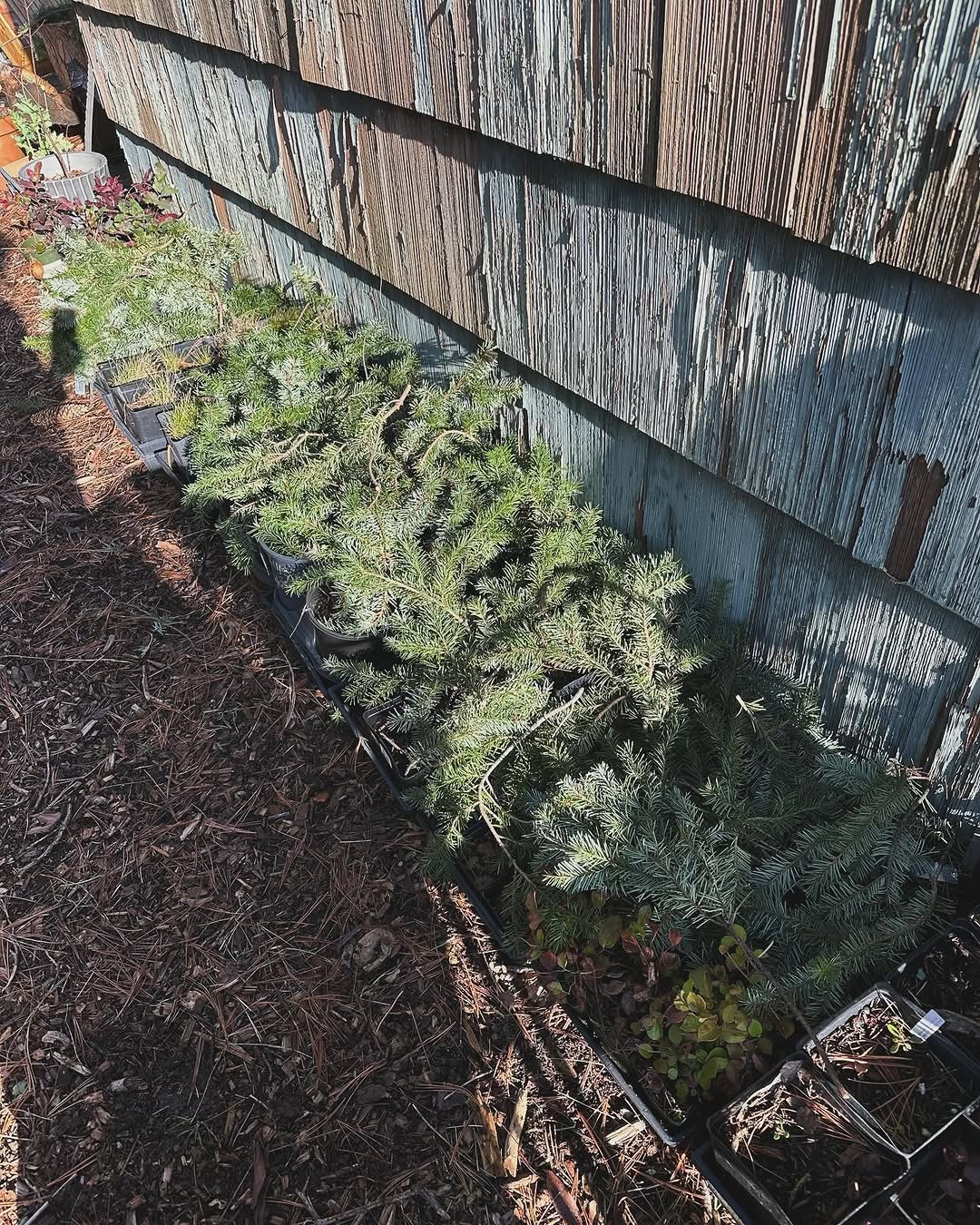
Planting Douglas firs in your winter garden can provide a beautiful evergreen backdrop during the colder months. These trees are known for their fast growth and ability to thrive in various soil types. Evergreens from @gabby_about_nature
Winter-Flowering Plants
Add color to your garden with plants like pansies, hellebores, winter jasmine, and snowdrops that bloom during the colder months. These plants will bring life and vibrancy to your outdoor space even when the weather is gloomy and cold. Their unique colors and textures will create a beautiful winter garden that you can enjoy all season long.
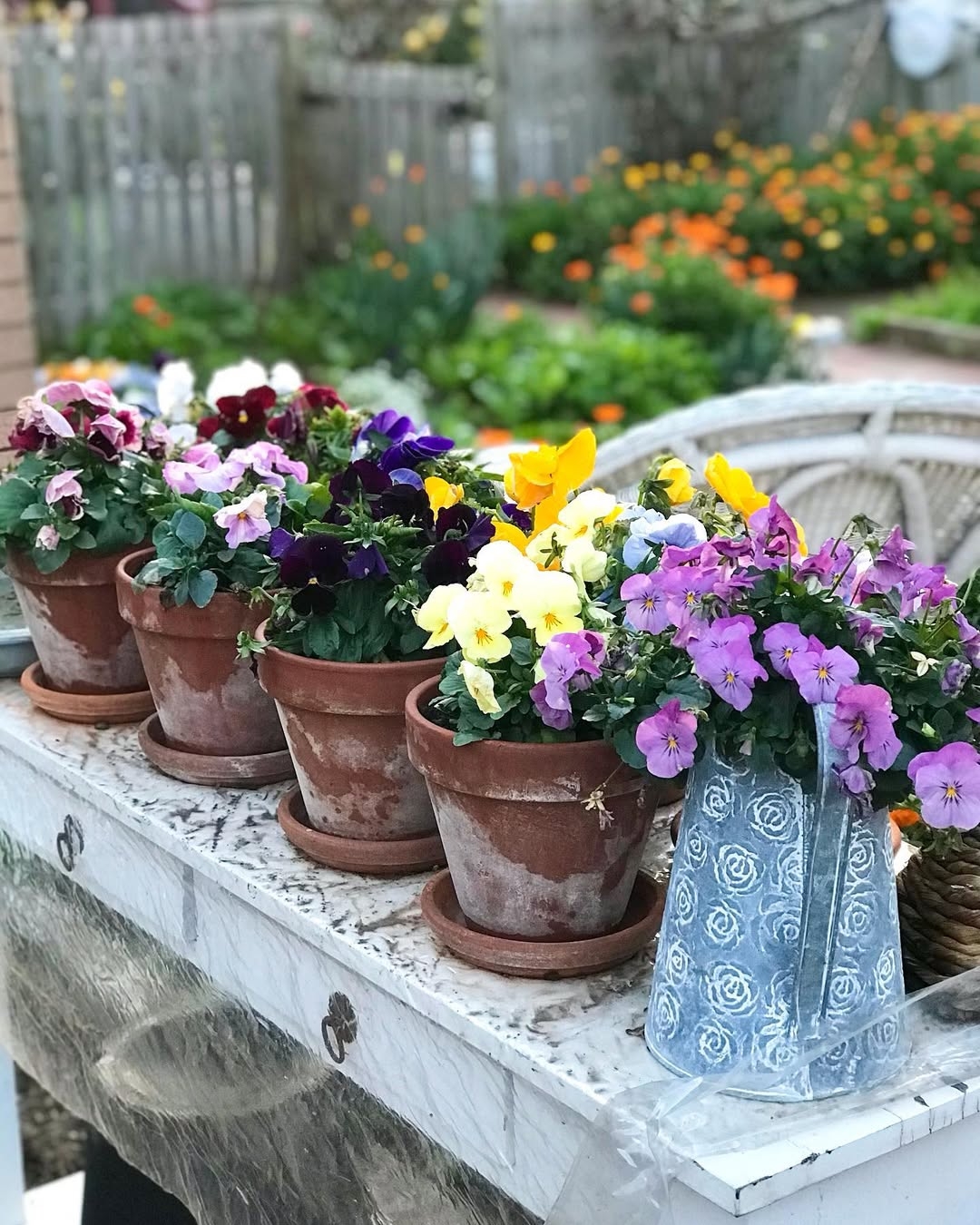
Planting colorful pansies in your winter garden will add color and contrast to the dreary landscape, making it a cheerful addition to your garden. Winter flowers from @miss.lily.bliss
Hardy Herbs
Certain herbs, such as thyme, rosemary, and sage, are resilient and can be harvested throughout the winter. These herbs are able to withstand colder temperatures and can continue to thrive even when other plants may struggle. Their hardiness makes them a great addition to any winter garden.
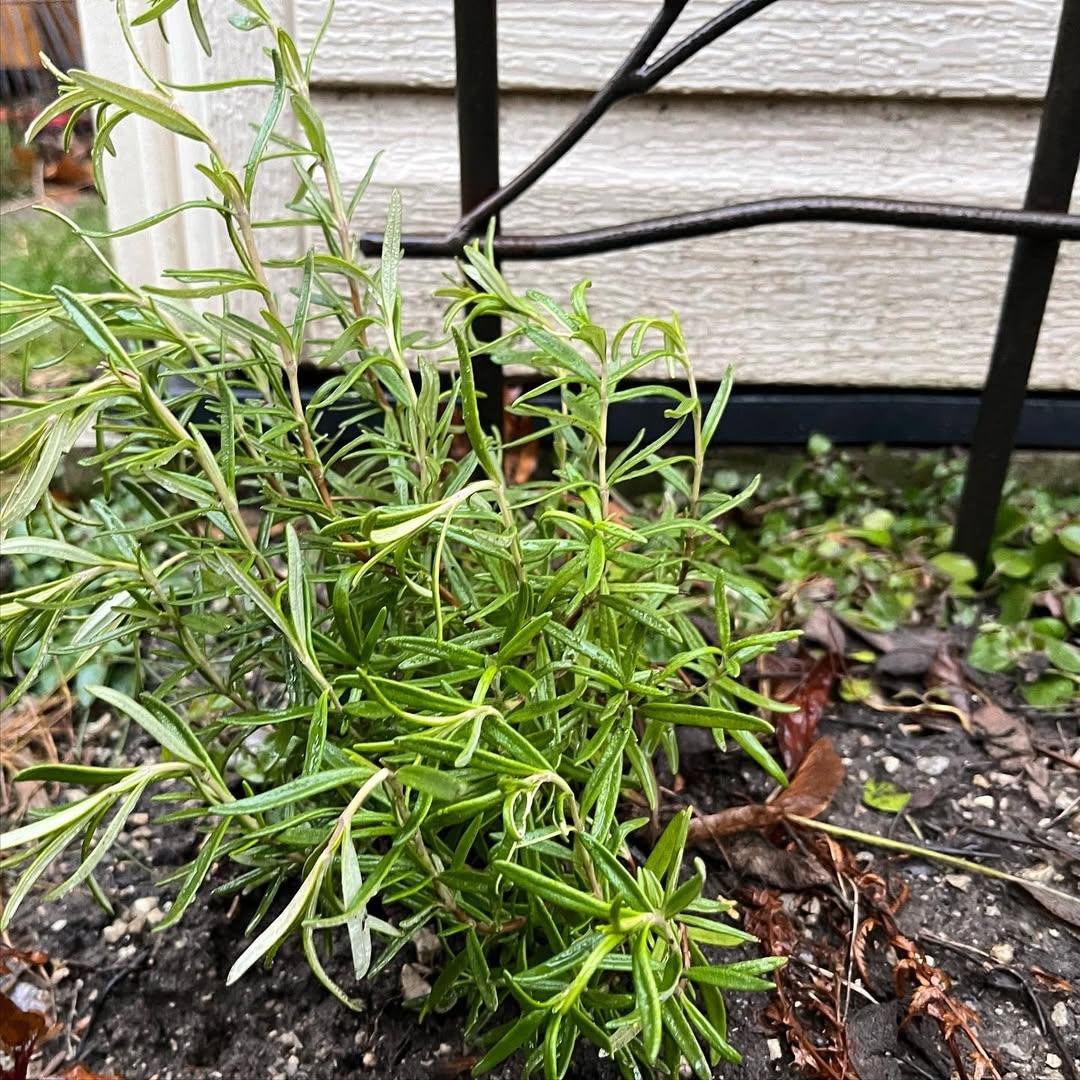
Opting for rosemary for winter gardening is a great choice, as it is a hardy herb that can withstand colder temperatures. Its fragrant leaves can be used in cooking to add flavor to winter dishes. Rosemary from @iodezya_the_photos
Protecting Plants from Frost and Snow
Frost and snow can be damaging to plants, but there are ways to minimize their impact:
Apply Covers Use Cloches and Row Covers
Protect your plants with proper covers. For individual plants, you can use cloches or row covers. These create a microclimate that shields plants from frost and helps retain warmth. For larger areas, frost blankets can provide effective protection against freezing temperatures.
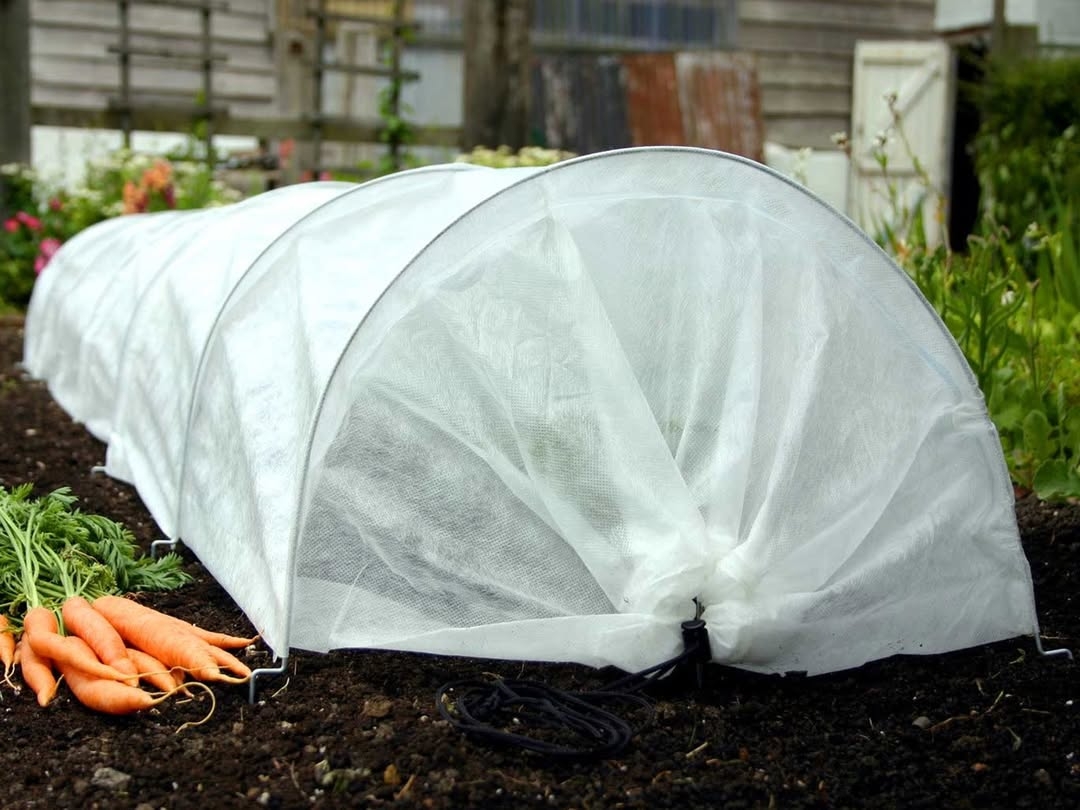
This row cover protects vegetables from frost and harsh weather, allowing sunlight to penetrate while providing insulation. Row cover from @thepolytunnelco
Water Wisely
Water plants during the day so that moisture has time to soak into the soil before nighttime freezing temperatures arrive. Avoid overwatering, as waterlogged soil can harm plant roots.
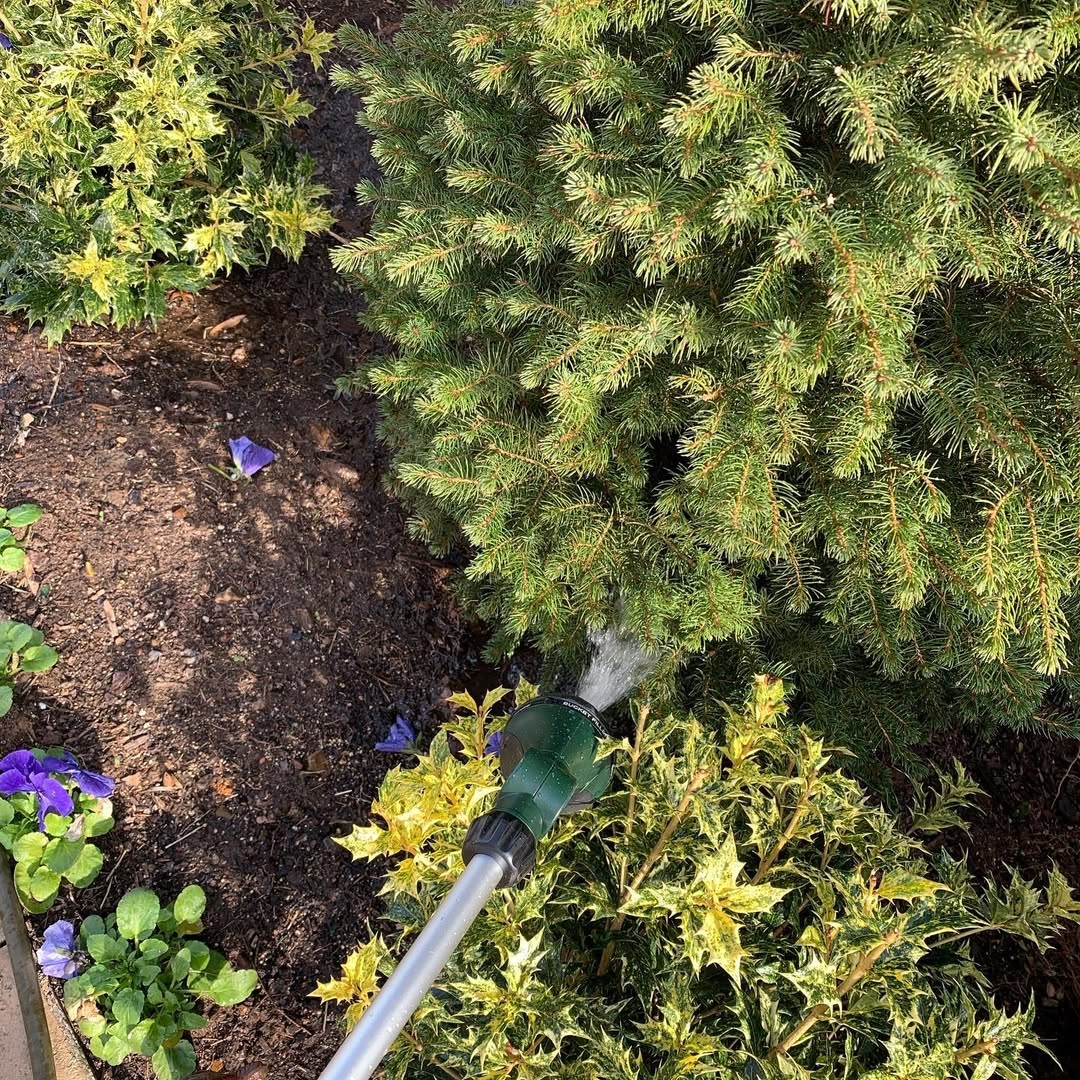
Watering these shrubs, perennials, and pansies wisely in winter will help them survive the colder temperatures and potential frost. It is important to water deeply and less frequently to encourage strong root growth. Winter watering from @theoakgrovegarden
Group Container Plants
If you have plants in pots, group them together and place them in sheltered areas to reduce exposure to harsh weather.
Cold frames or Greenhouses
Extend your growing season with some protective structures. You can opt for a cold frame or greenhouse for your winter gardening needs. Cold frames are smaller and more portable, while greenhouses offer more space and control over temperature and humidity levels. Both options can help you grow a wider variety of plants during the colder months and protect your crops from frost and harsh weather conditions.
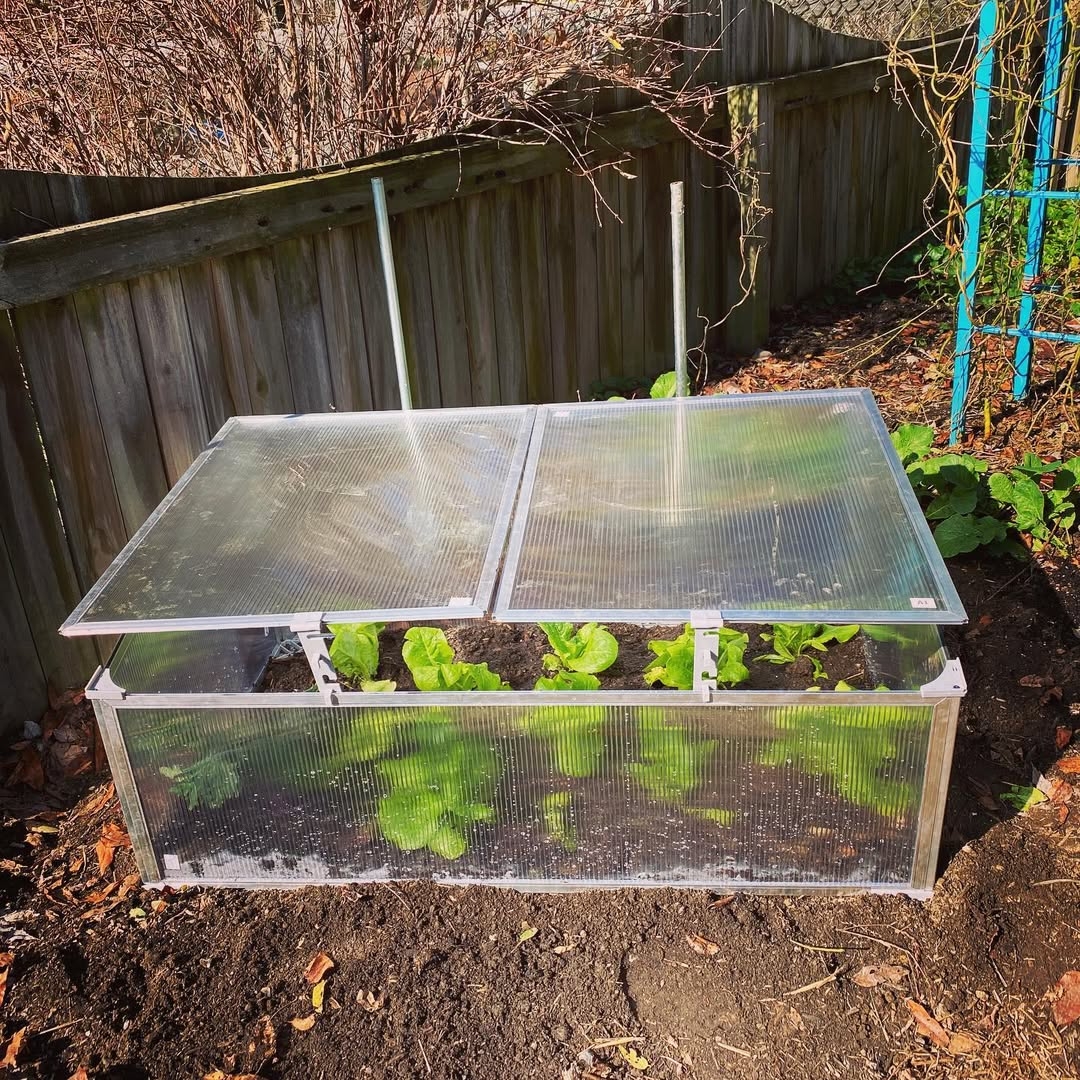
A cold frame is suitable for winter gardening in a small space. It will keep your vegetables protected from frost and extend the growing season. This mini greenhouse is an affordable and effective way to continue growing fresh produce even in colder months. Cold frame from @jessicawalliser
Gardening Activities to Enjoy in Winter
Winter is not just a time for maintenance; it’s also an opportunity to engage in fulfilling gardening activities. Consider the following:
- Start a Winter Vegetable Garden: Plant cold-hardy vegetables in raised beds or containers to enjoy fresh produce during the season.
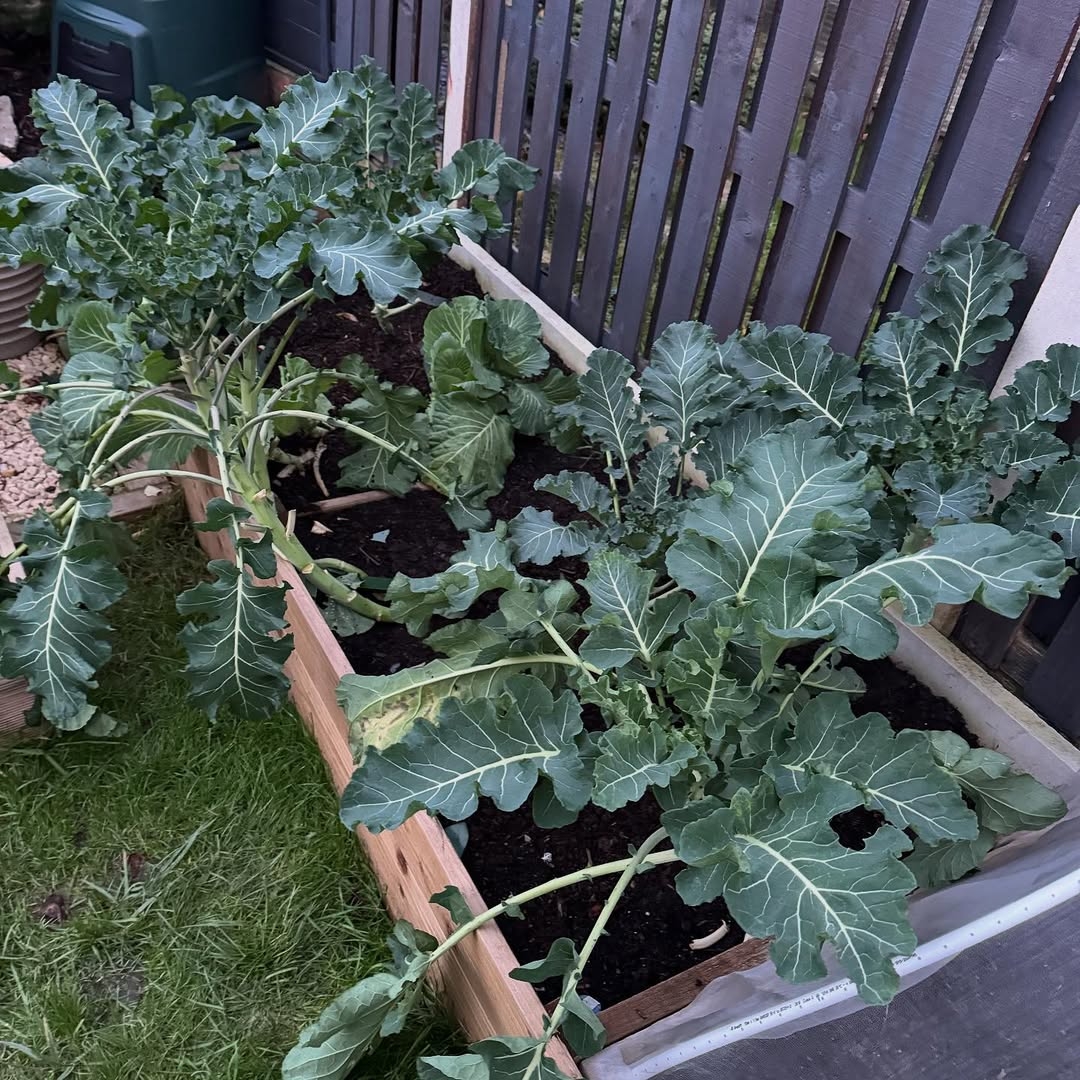
Growing broccoli and cabbage in a bed during winter provides fresh produce, variety, and essential nutrients, making them a valuable addition to winter meals. Raised bed from @varisveg
- Feed the Wildlife: Attract birds and other wildlife to your garden by providing food, water, and shelter. This supports biodiversity and enhances the garden’s ecosystem.
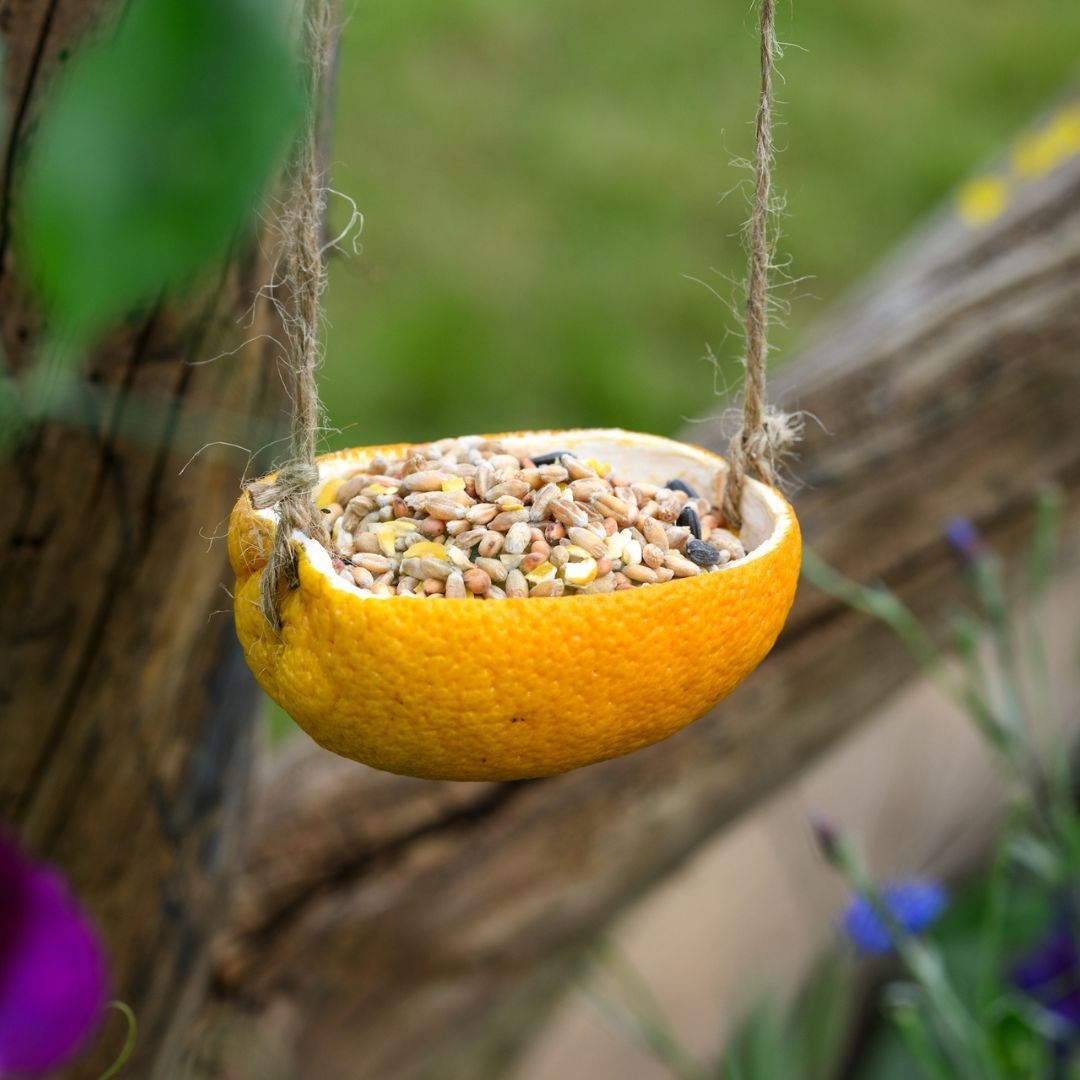
By providing feed for the birds or other wildlife, you make your winter gardening efforts more rewarding as you attract a variety of beautiful and interesting creatures to your yard. Bird feeder from @bbcgwlive
- Experiment with Indoor Gardening: Grow herbs, microgreens, or small potted plants indoors. This allows you to garden in a controlled environment and add greenery to your home.
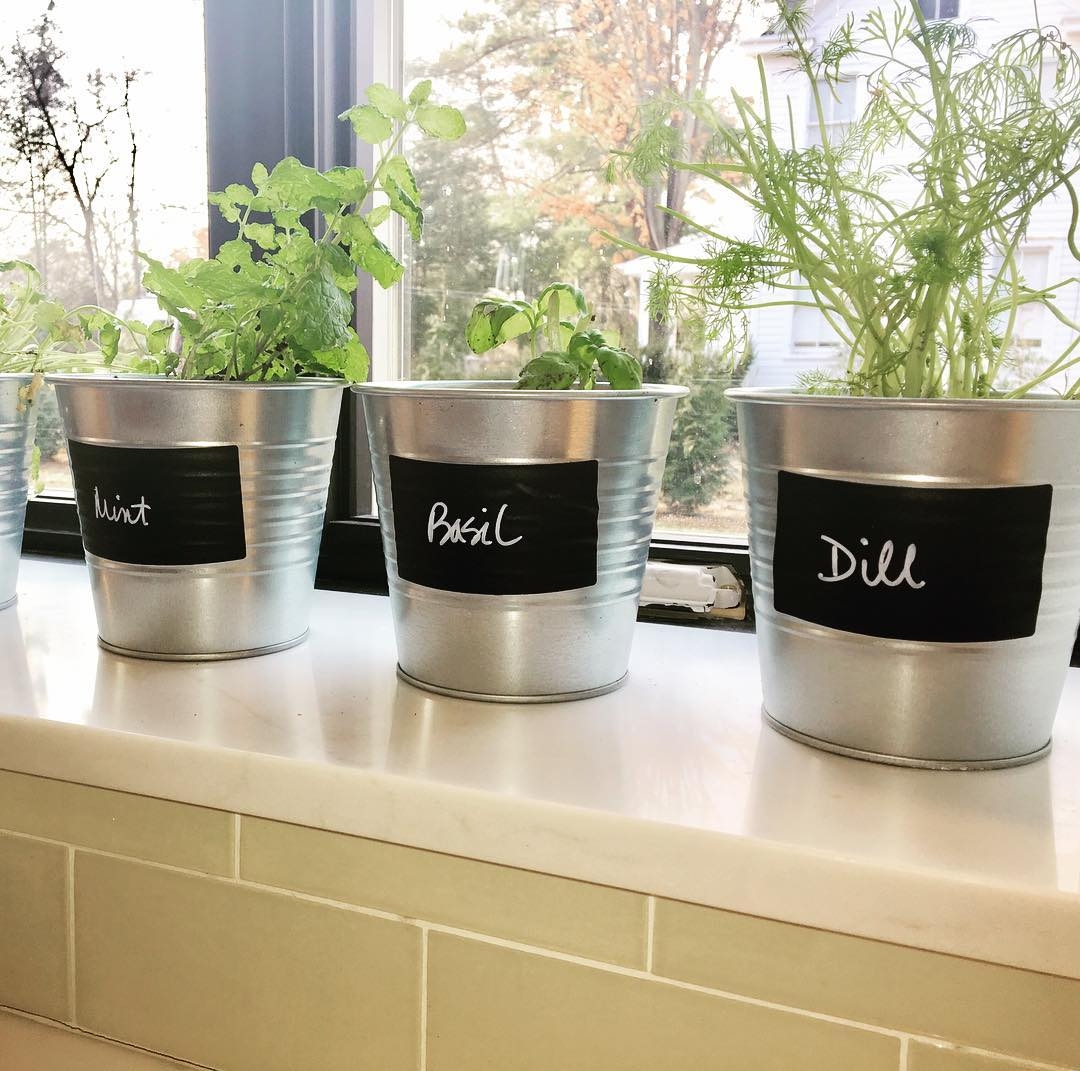
Indoor herb gardens offer a winter gardening solution for fresh herbs, providing year-round enjoyment with proper lighting and care. Indoor herb garden from @luminousgrrl
Dealing with Common Winter Gardening Challenges
Winter gardening comes with its own set of challenges, but these can be managed effectively with the right approach:
- Preventing Soil Erosion: Use ground covers or mulch to prevent soil erosion caused by wind and rain during winter.
- Managing Pests: Keep an eye out for pests that may seek shelter in your garden. Regularly inspect plants and take action if necessary.
- Ensuring Adequate Light: Shorter days mean less sunlight for plants. Place containers in the sunniest spots and consider supplemental lighting for indoor gardens.
- Handling Sudden Temperature Changes: Be prepared for unexpected temperature drops by keeping frost covers and other protective materials on hand.
Plan and Prepare for Spring
Winter is the perfect time to plan for the upcoming growing season. With fewer immediate tasks in the garden, you can focus on designing your layout, selecting crops or flowers, and ordering seeds. Take stock of your garden’s past performance—what worked well, and what didn’t. Use this downtime to research new plant varieties or gardening techniques.
A helpful tip is to create a garden journal or planner. Sketch out your planting zones, note important dates for sowing seeds, and jot down ideas for improvements. By planning ahead, you can ensure a more organized and productive spring.
Conclusion
Winter gardening may require some adjustments, but it is far from a dormant period. By protecting your plants, improving your soil, and preparing for spring, you can ensure a healthier and more productive garden year-round. Additionally, engaging in indoor gardening and supporting wildlife keeps your gardening spirit alive even when the weather is less than inviting. With these tips, you can turn winter into a season of opportunity for your garden.


